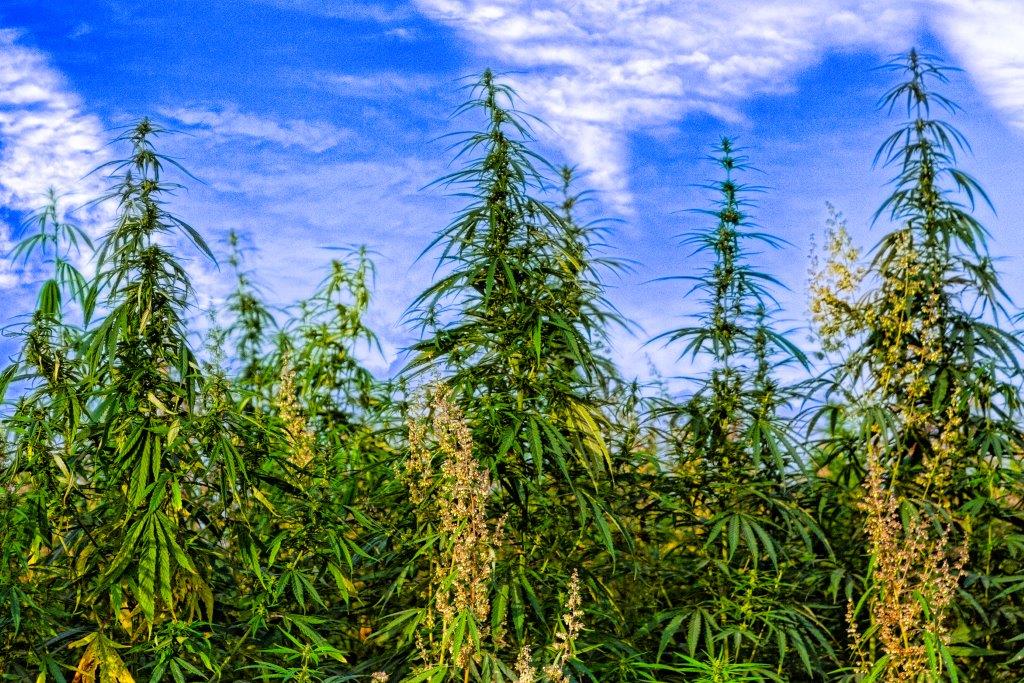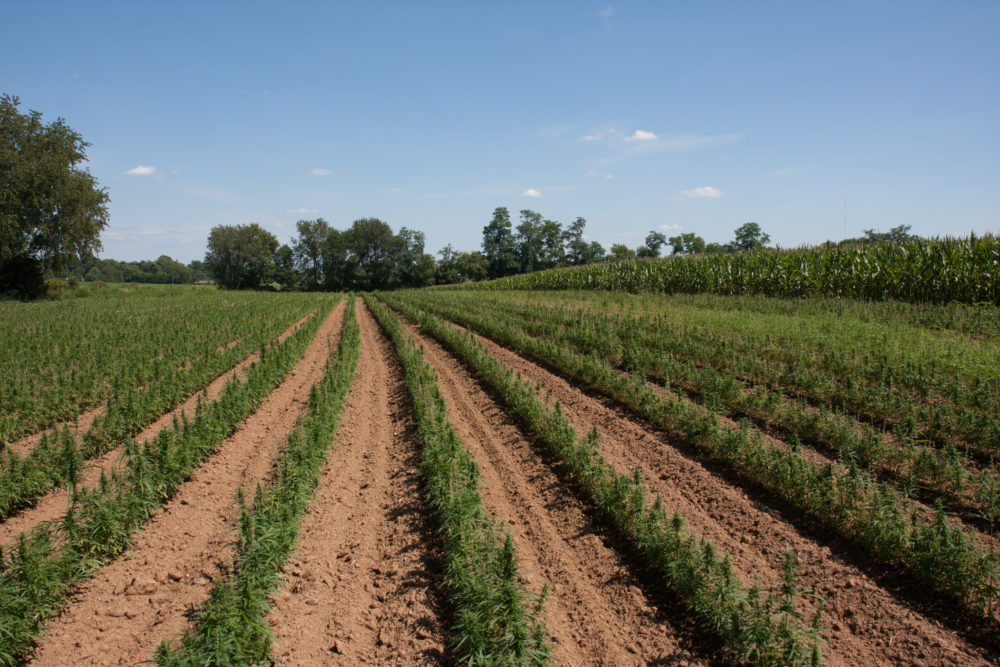
After marijuana was made legal in Colorado and Washington in 2012, many green thumb enthusiasts jumped on the chance to grow their plants outdoors. Soon people in Oregon were doing the same, and outdoor growing quickly became part of the norm. Marijuana though, as it would soon turn out, wasn’t the only thing wasn’t the only kind of cannabis plant that would be legal to grow.
In 2014, hemp once again became rooted in U.S. soil after the 2014 federal farm bill was passed. Colorado, Kentucky and Vermont all planted the first hemp farms the country has seen since shortly after World War II, and by 2015 hemp was being grown (somewhat) freely in several different states. While Colorado’s at the forefront of most things marijuana-related (hemp cultivation included), Washington and Oregon also provide some great outdoor growing conditions with hemp fields increasingly become more common than ever before.
While hemp is amazing for many different things and the seeds are packed full of essential fatty acids and proteins, there happens to be something hemp isn’t so good for. Cross-pollination from hemp seeds has several outdoor marijuana growers concerned that pollen from hemp is ruining their crops. Here’s why.
When hemp is grown outdoors and male plants are left to release pollen, this pollen is going to travel. And it’s going to travel far … sometimes distances up to hundreds of miles. And when it comes to hemp pollen travelling through hemp and marijuana friendly states like dust in the wind, female marijuana plants nowhere near these hemp farms are beginning to see the repercussions.
You might be wondering what could be so bad about a little hemp pollination on a marijuana plant. Aren’t they the same thing? Not so much. While they’re a part of the same family, hemp and cannabis are more like cousins than brother and sister. See, hemp can’t get you high and is mainly grown for its high CBD content or industrial products. Its pollen however can destroy the marijuana plants that contain genetics with high levels of THC, many that have been developed for decades.
If there’s one thing cannabis cultivators are famous for, it’s the high-quality, THC-packed, seedless buds that are the final product of their labor. Pollination from hemp plants however, can quickly put this to an end to the sticky, seedless bud so many cannabis connoisseurs have become accustom to.

This is something that hemp farmers are aware of, yet it doesn’t stop them from planting fields of hemp that can potentially damage cannabis crops. There are some farmers that have said that the pollen from hemp plants can ruin up to a half crop of cannabis plants in the first generation. And by the third generation, these cannabis crops will bear little similarity to the THC-laden plants they once were.
For cannabis growers, this is poses a serious problem. According to one Colorado grower this year’s harvest has rendered to be the worst he’s seen as far as seeds showing up in his plants are concerned … and he’s been growing outdoors for years. Before hemp was planted some 30 miles away last year, he might find a seed or two for every pound of dried flower. This year he’s finding 5-10 seeds for almost every ounce being harvested.
According to international hemp expert Anndrea Hermann, “marijuana and industrial hemp don’t belong in cultivation together” and that “there’s a risk for marijuana growers when industrial hemp is grown with male plants present,” she said in an interview with The Cannabist. Those that grow hemp recommend that outdoor growers move their crops indoors, but pollen can still creep through the most sophisticated of filtration systems. And many outdoor growers grow outdoors don’t want (or have the means to) to rig up some fancy indoor grow room just because there’s a hemp farm nearby.
As cannabis becomes more common and hemp closes in quickly behind, it’s safe to say that crops will be increasingly affected. We’re at the forefront of a long road ahead where outdoor marijuana and hemp production are concerned. Aside from demanding that the hemp industry be allowed to grow only female crops that contain no potential of turning hermaphrodite there isn’t much that can be done. And this raises its own questions of this industry that is literally blooming widely throughout several different states becoming controlled by big businesses like Monsanto.
It also raises questions amongst the cannabis community, especially those who have been consuming high-quality cannabis for years. Because after all, whether they’re smoking in secret or taking their stash to the streets, no one that’s been spoiled with good bud for years wants to find a seed in their sensi.
Evan Kaden is a rare breed of freelance writers who, believe it or not, doesn’t drink coffee! Currently serving as a content specialist for Badass Glass, a company specializing in high quality smoking accessories, he’s grateful for the opportunities he’s had to share his thoughts and stories with people through this crazy place called the Internet.




